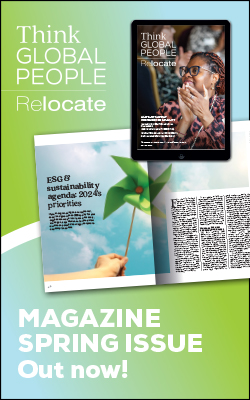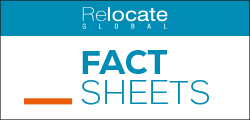How gender-biased are your job adverts? New study
A large-scale study of UK job adverts highlights widespread use of gender-coded language, with bias worse for senior, board-level roles. The findings raise fears employers are missing out on talent.

Gender-bias language research and in practice
North American research from the University of Waterloo and Duke University previously identified a list of terms that were systematically male and female gender-coded, such as those associated with gender stereotypes, and proved their impact on the American recruitment landscape. Totaljobs’ analysis found 478,175 female and male biased words used throughout the job ads, or an average of 6 gender-coded words per advert. Most commonly used male-biased words in UK job descriptions:- Lead – 70,539 mentions
- Analyse – 35,339 mentions
- Competitive – 23,079 mentions
- Active – 20,041 mentions
- Confident – 13,841 mentions
- Support – 83,095 mentions
- Responsible – 64,909 mentions
- Understanding – 29,638 mentions
- Dependable – 16,979 mentions
- Committed – 13,129 mentions
Senior position adverts most skewed to male-biased language
The research also found that job descriptions for senior positions were more likely to have an unconscious male-bias. For example, job ads looking for positions including the title "Director" and "Partner" showed a 22% skew towards using male-biased language.- Head – 1,013 jobs (50% male bias/36% female bias)
- Director – 582 jobs (55% male bias/32% female bias)
- Partner – 320 jobs (52% male bias/34% female bias)
- Chief – 45 jobs (64% male bias/36% female bias)
Related stories:
- Closing the STEM skills gap
- Creative recruitment at Mandarin Oriental Hyde Park
- Gender equality 4.0: From binary to balanced approaches
- International Men’s Day: the global mobility aspect
Gender bias in recruiting for STEM roles
Certain industries are also more prone to biasing their search for candidates and undermining their efforts to champion diversity as a result. For example, in spite of a range of STEM initiatives designed to get more women into roles in science, roles in the sector are still the most likely to use male-coded language according to the 677 job descriptions analysed. Around two-thirds (62%) of adverts for roles in science used male-biased language, compared to just 28% that used female. By contrast, social care was the sector most likely to use female-coded language when the 1,687 jobs from this sector were analysed, closely followed by vacancies in the sport and fitness sector. Other industries that showed particular bias include:- Education – 1,772 jobs (67% female bias/25% male bias)
- Customer Service – 3,091 jobs (50% female bias/35% male bias)
- Marketing – 1,947 jobs (52% male bias/33% female bias)
Tech leading the way in the fight for parity?
Perhaps surprisingly, IT jobs came the closest to providing equality even if only through even amounts of gender bias. Of the 13,000 IT jobs looked at as part of the study, 12% used gender neutral language and male and female gender bias occurred equally with a 44%/44% split.David Clift, HR Director at totaljobs comments: “Employers have taken great strides in driving greater opportunities for employees but these findings showcase exactly how much further we have to go to promote diversity and equal opportunity across every sector of the UK economy.“It is clear that gender stereotypes in relation to certain roles are so entrenched, the market needs to take action to address this. Only by addressing the unconscious bias that still exists at the very start of a candidate search, can we move towards truly diverse workforces and make inroads in tacking major challenges like the gender pay gap.”“We hope both recruiters embrace the new Gender Bias Decoder and take the opportunity to do the ground work to help them avoid perpetuating the issues that April's new legislation will seek to address,” he concluded, in relation to the deadline for the new requirement for companies employing over 250 employees to publish the results of their gender pay analysis.For related news and features, visit our talent management section. Look out for the launch of 2018's Relocate Awards, entries open in January. Relocate’s new Global Mobility Toolkit provides free information, practical advice and support for HR, global mobility managers and global teams operating overseas. Access hundreds of global services and suppliers in our Online Directory
Access hundreds of global services and suppliers in our Online Directory
©2024 Re:locate magazine, published by Profile Locations, Spray Hill, Hastings Road, Lamberhurst, Kent TN3 8JB. All rights reserved. This publication (or any part thereof) may not be reproduced in any form without the prior written permission of Profile Locations. Profile Locations accepts no liability for the accuracy of the contents or any opinions expressed herein.























